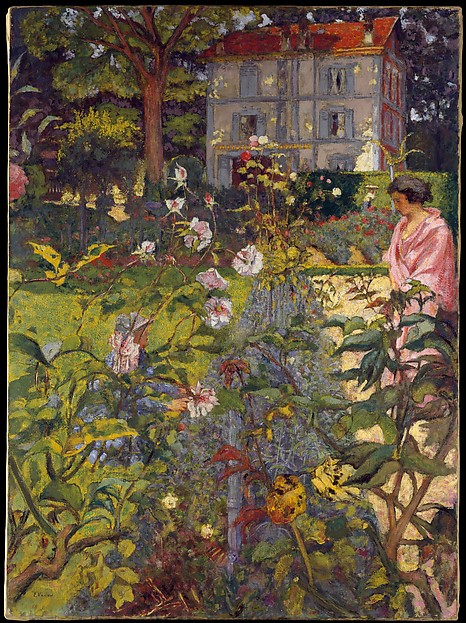The Bridge—The Great Gatsby
7:00 AM
“Over the great bridge, with the sunlight through the
girders making a constant flicker upon the moving cars, with the city rising up
across the river in white heaps and sugar lumps all built with a wish out of
non-olfactory money. The city seen from the Queensboro Bridge is always the
city seen for the first time, in its first wild promise of all the mystery and
the beauty in the world” - The Great Gatsby, F. Scott Fitzgerald
I’ve always loved New York. I feel a little corny saying it sometimes—I’m not from New York and I haven’t gone there nearly often enough. But I’ve always liked everything I saw. And in my opinion no one writes about New York better than F. Scott Fitzgerald. More than anyone else, he seems able to capture its power and its beauty. Even though it often serves as the stage for the destruction of Fitzgerald’s characters, it has a presence all its own. In novels like The Beautiful and Damned and The Great Gatsby it provides a stunning backdrop for the action and changes the way the reader understands those novels.
I’ve always loved New York. I feel a little corny saying it sometimes—I’m not from New York and I haven’t gone there nearly often enough. But I’ve always liked everything I saw. And in my opinion no one writes about New York better than F. Scott Fitzgerald. More than anyone else, he seems able to capture its power and its beauty. Even though it often serves as the stage for the destruction of Fitzgerald’s characters, it has a presence all its own. In novels like The Beautiful and Damned and The Great Gatsby it provides a stunning backdrop for the action and changes the way the reader understands those novels.
Fitzgerald was also a Midwesterner who arrived late to New York
but always kept a special place in his heart for it. Two of his books take
place largely in Manhattan—he lived there with Zelda much of his life. When he
wrote those two novels—at around the same time Stella painted The bridge, Americans enjoyed an era of
unthinkable plenty and unbridled optimism. The new generation of men and women
coming of age glowed with a type of joie de vivre. Although many of
Fitzgerald’s characters of course meet tragic ends, men and women like Gatsby
still live in the spirit of this great, hopeful era.
The work of Stella and
this painting in particular embody this feeling. These cities to Stella
represent a newfound opportunity—the painting is awash with bright colors that
portray the energy and life that New York has. Great buildings stretch up and
out of the painting, dragging the viewer into an ever-brighter future. In spite
of this, it seems to me that the work carries a certain malice. The painting is
icy—the dark blues and blue-greys feel intimidating. The bridge pulls me in,
but I can’t tell if I will like what I arrive at. This is the darker side of
this new landscape that both Fitzgerald and Stella seem to notice. Great new
cities like New York may offer opportunities never before heard of, but for
every success story hundreds of flattened souls lie by the wayside. As they
emerged from World War I into the sunny 1920s, men like Fitzgerald and Stella
displayed these anxieties in works like The bridge and The Great Gatsby.












0 comments